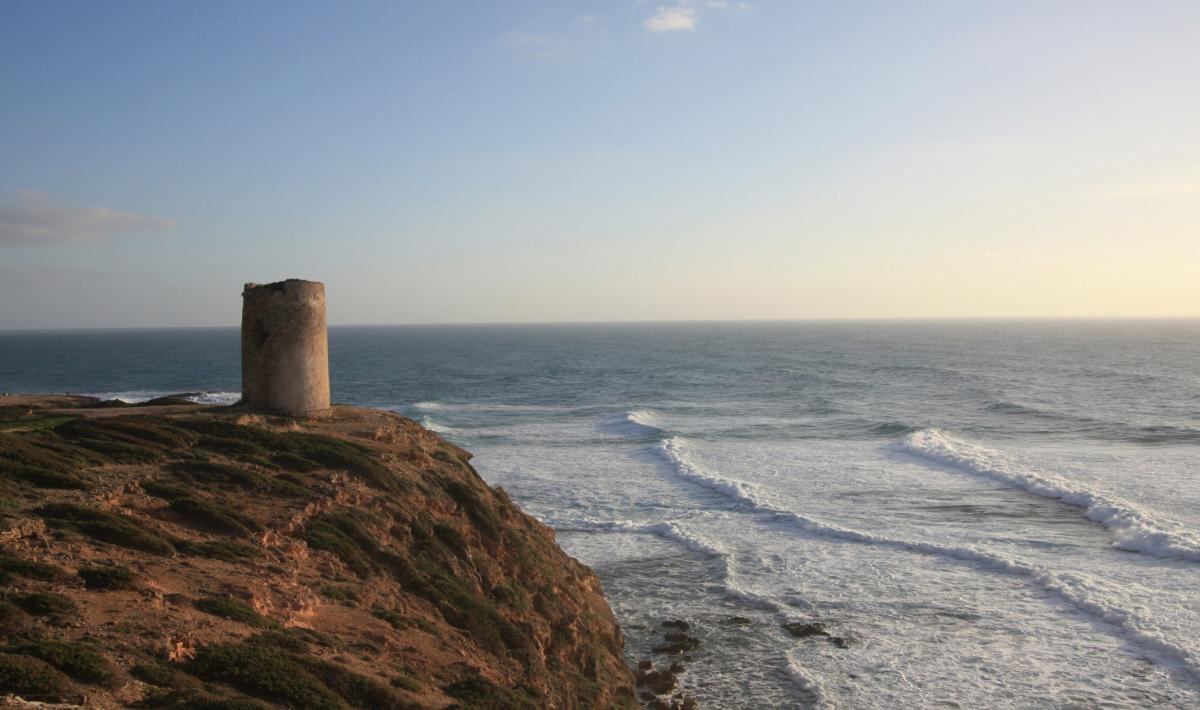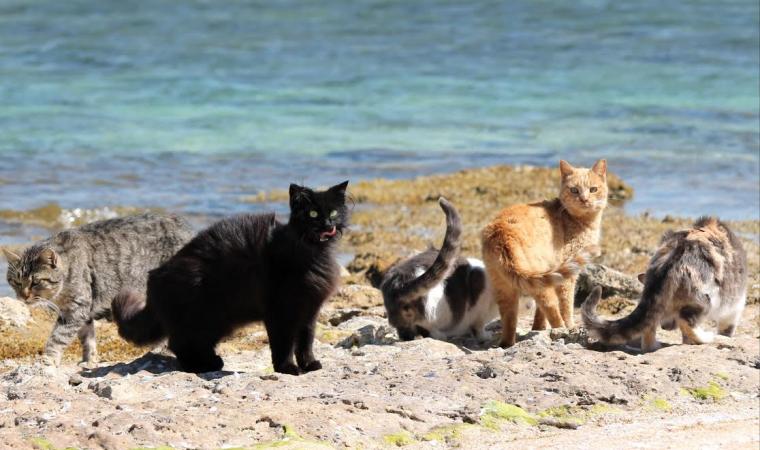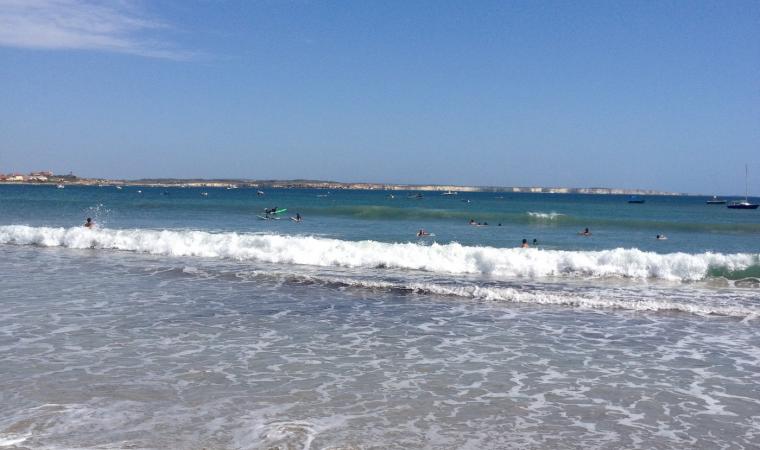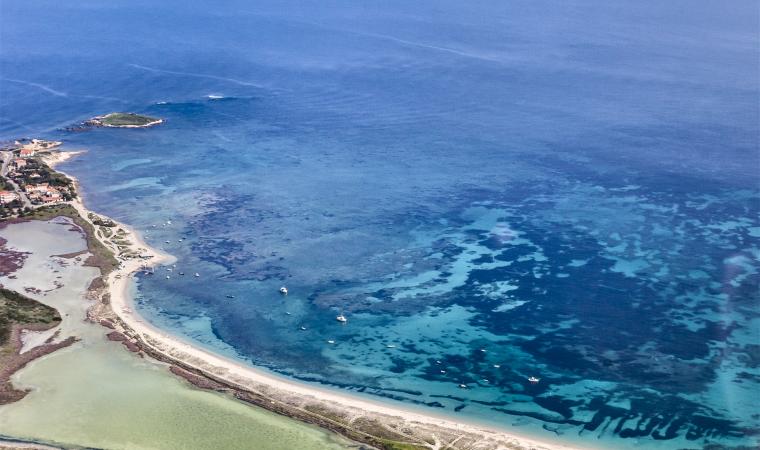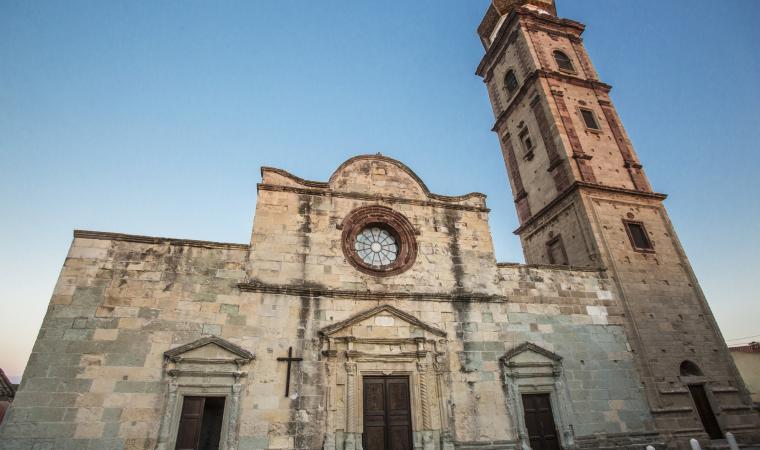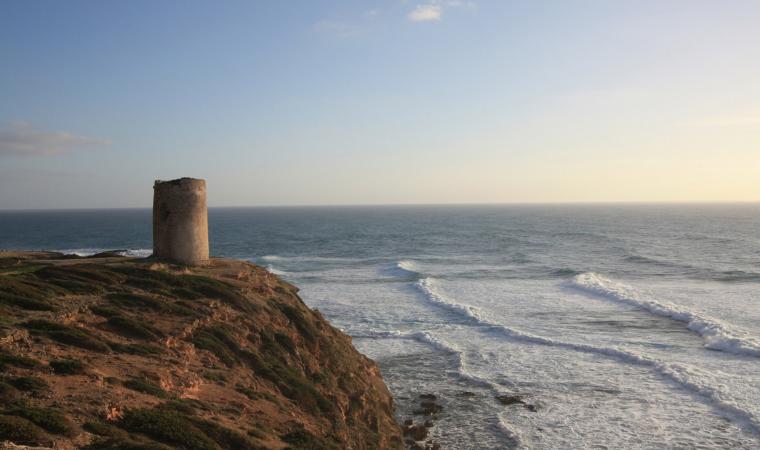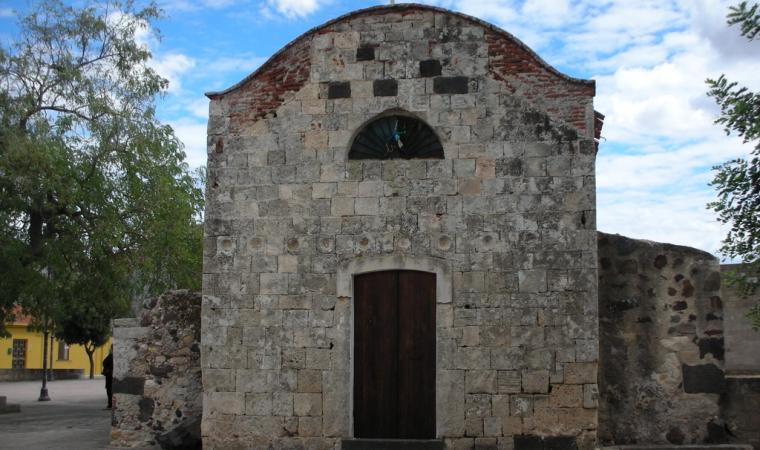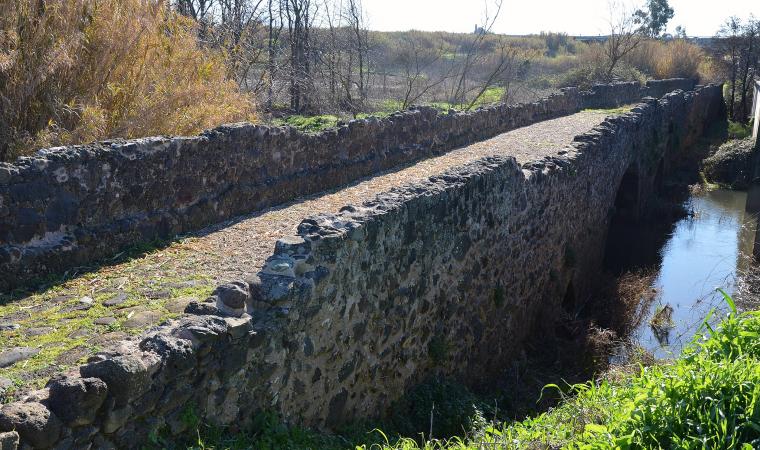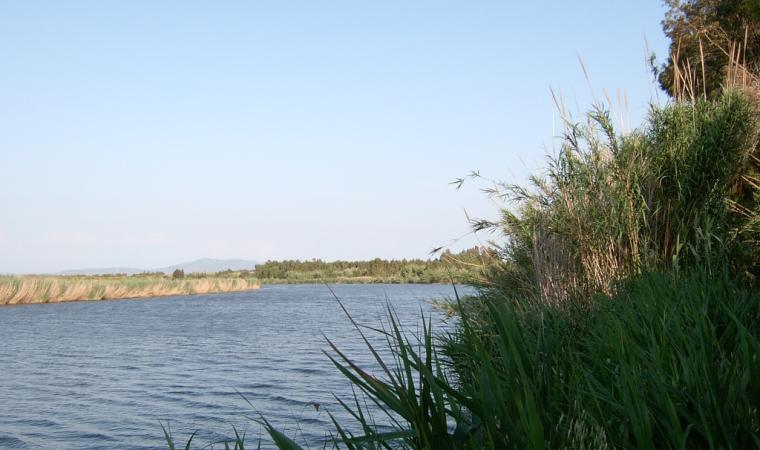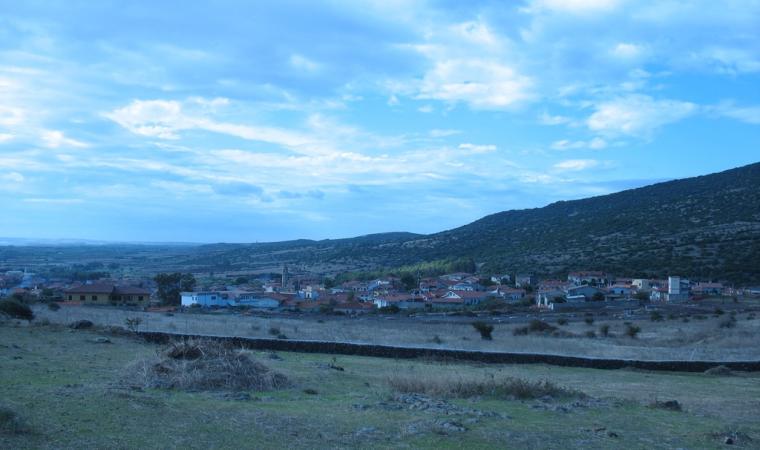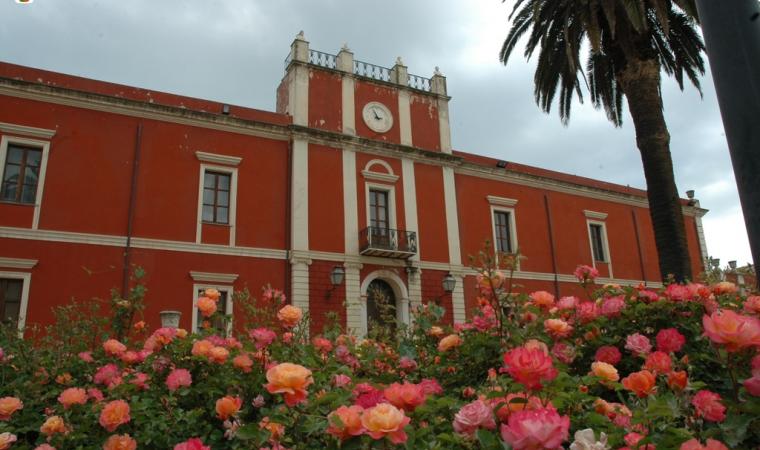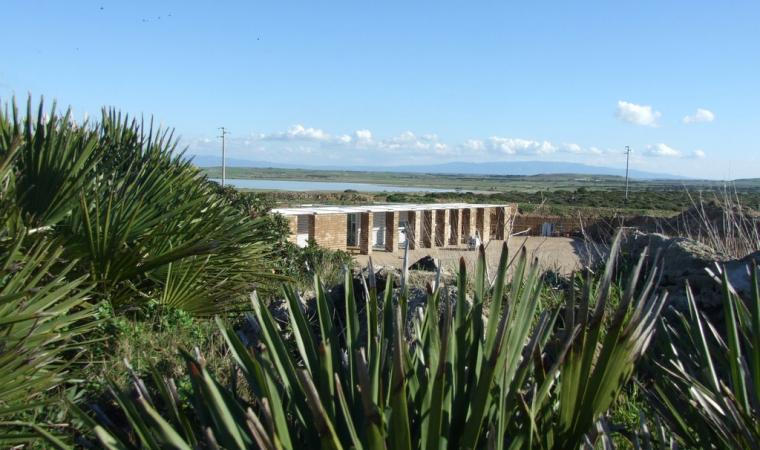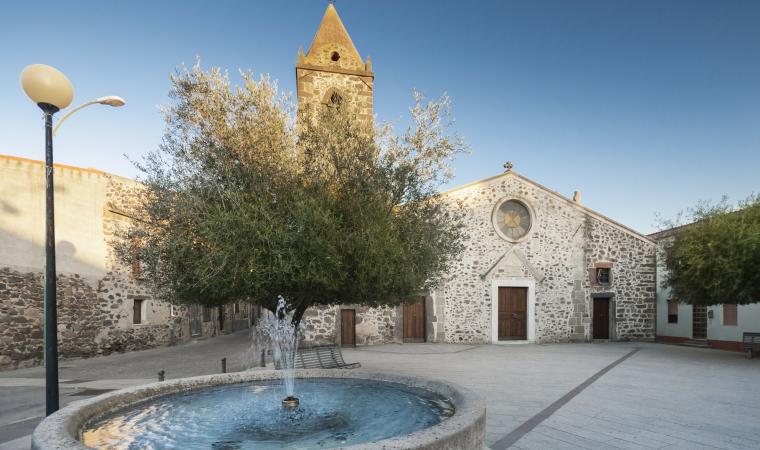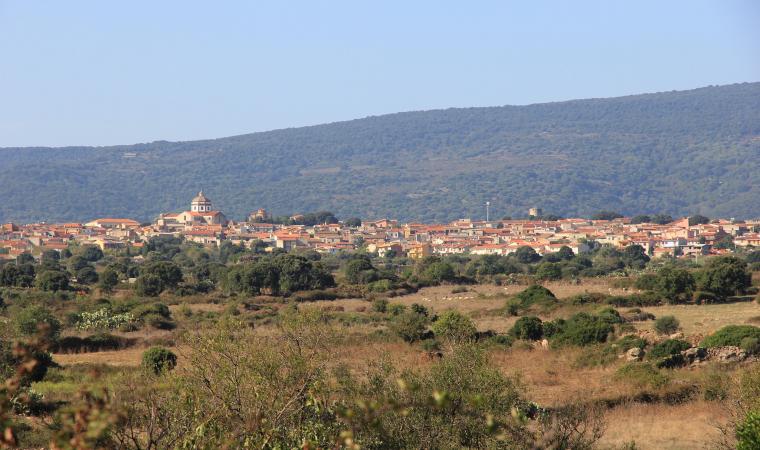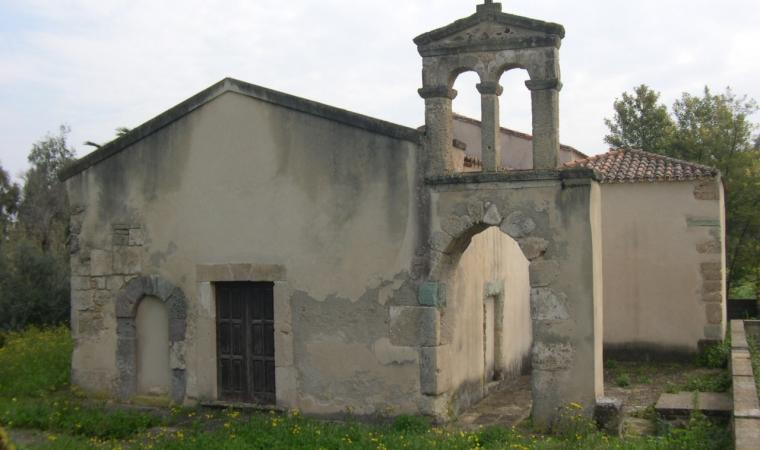It extends along the northwestern extremity of the Campidano, next to the ridges of the Montiferru massif and a quarter of an hour from the sea. San Vero Milis is an agricultural village with approximately two thousand 500 inhabitants, famous for the art of weaving, where baskets and cane baskets are made, as well as mandarin-growing and the production of Vernaccia wine, with its distinct fragrance of almonds. It is also famous for its wonderful coastline and, for cat lovers, there is the feline colony of Su Pallosu. Cereal-growing has always been the main activity: the village was first a Carthaginian granary and then a Roman one. Linked to this activity are its homemade bread and pasta. Other traditions are Su Carru 'e Is Padda, the San Vero carnival, Holy Week, with its climax during the Triduo Sacro (Holy Thursday, Friday and Saturday), and traditional men's and women's costumes. The Exhibition of New Wines takes place in November.

